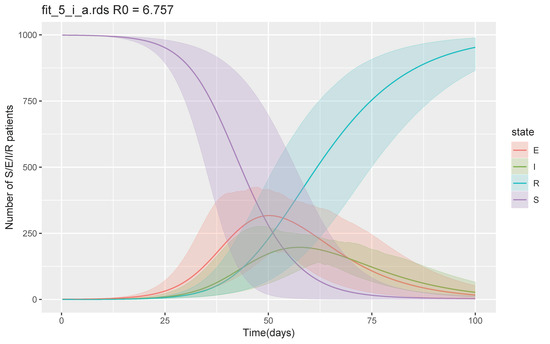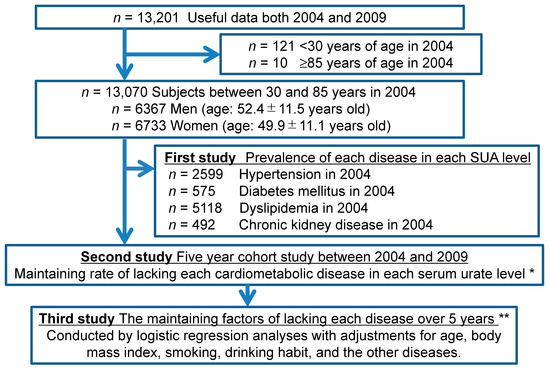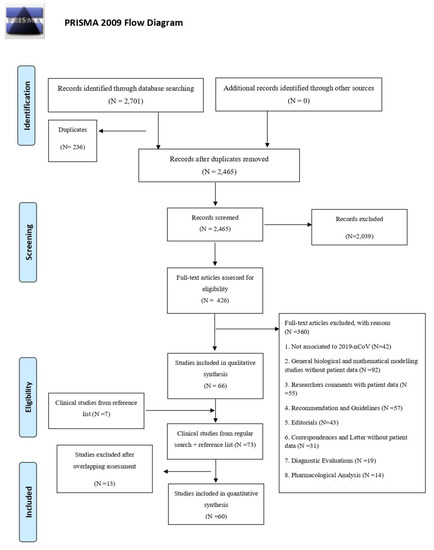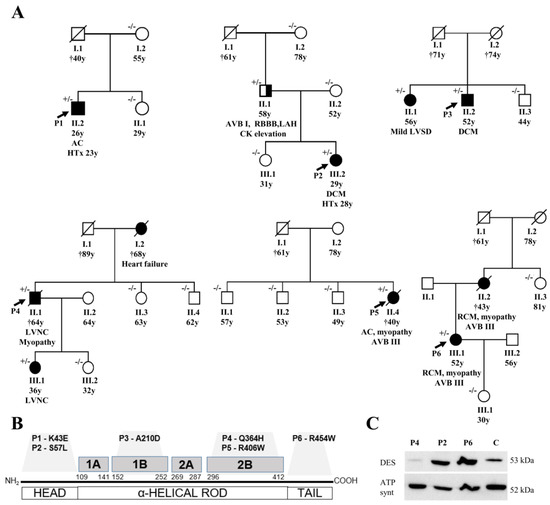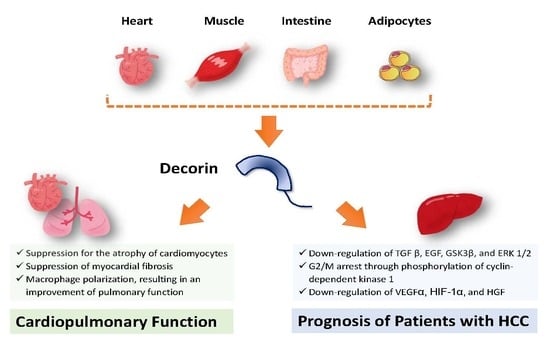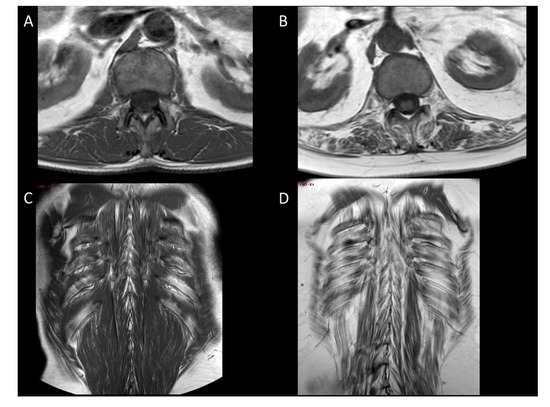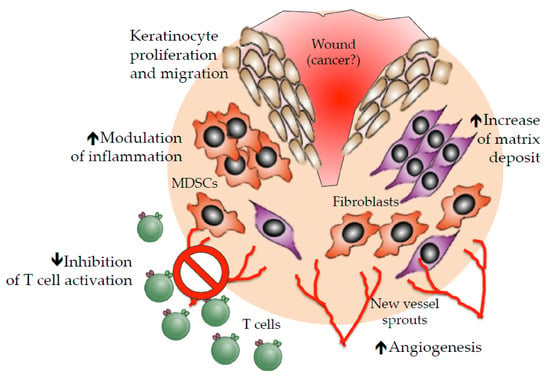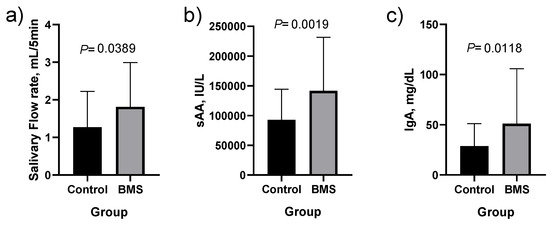J. Clin. Med. 2020, 9(4), 944; https://doi.org/10.3390/jcm9040944 - 30 Mar 2020
Cited by 49 | Viewed by 17298
Abstract
Ongoing outbreak of pneumonia caused by novel coronavirus (2019-nCoV) began in December 2019 in Wuhan, China, and the number of new patients continues to increase. Even though it began to spread to many other parts of the world, such as other Asian countries,
[...] Read more.
Ongoing outbreak of pneumonia caused by novel coronavirus (2019-nCoV) began in December 2019 in Wuhan, China, and the number of new patients continues to increase. Even though it began to spread to many other parts of the world, such as other Asian countries, the Americas, Europe, and the Middle East, the impact of secondary outbreaks caused by exported cases outside China remains unclear. We conducted simulations to estimate the impact of potential secondary outbreaks in a community outside China. Simulations using stochastic SEIR model were conducted, assuming one patient was imported to a community. Among 45 possible scenarios we prepared, the worst scenario resulted in the total number of persons recovered or removed to be 997 (95% CrI 990–1000) at day 100 and a maximum number of symptomatic infectious patients per day of 335 (95% CrI 232–478). Calculated mean basic reproductive number (R0) was 6.5 (Interquartile range, IQR 5.6–7.2). However, better case scenarios with different parameters led to no secondary cases. Altering parameters, especially time to hospital visit. could change the impact of a secondary outbreak. With these multiple scenarios with different parameters, healthcare professionals might be able to better prepare for this viral infection.
Full article
(This article belongs to the Special Issue Real Time Clinical and Epidemiological Investigations on Novel Coronavirus - Part I)
►
Show Figures
